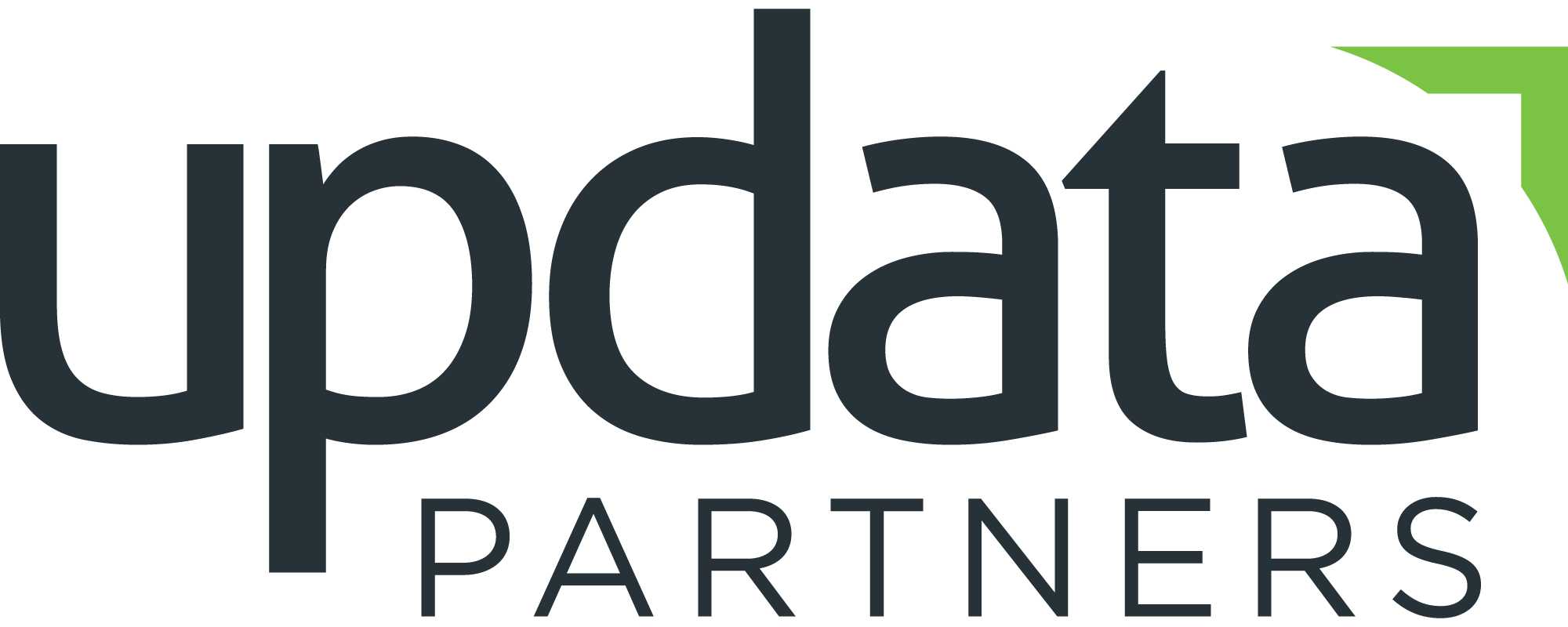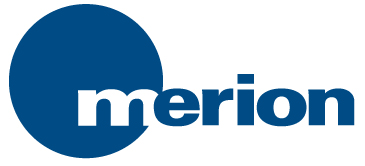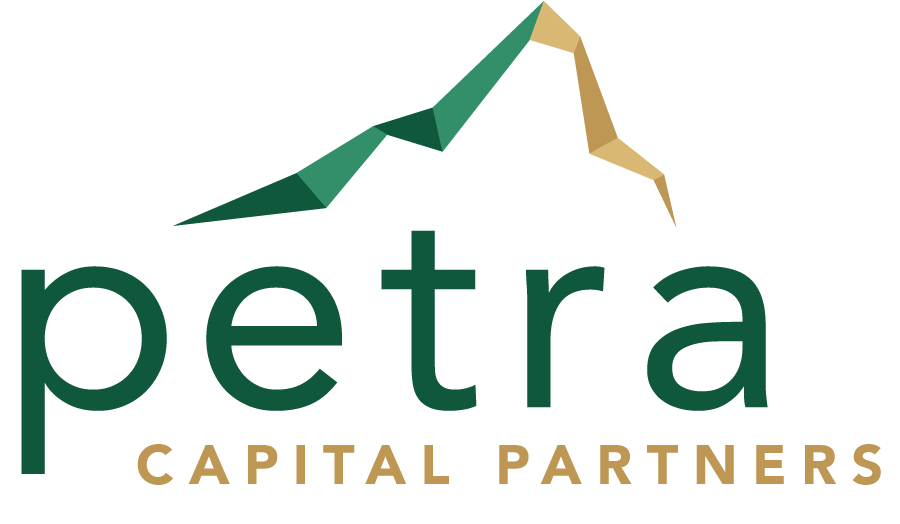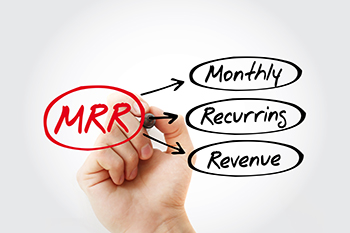Four Pillars of ML&R SaaS QoE
Our Transaction Services team has worked on hundreds of SaaS and other recurring revenue target company transactions. Through this experience, our team has honed-in on key analyses that are critical considerations to valuation as well as the long-term success of SaaS targets. We refer to these key analyses as the Four Pillars of ML&R SaaS QoE.
The Four Pillars of ML&R SaaS QoE
- 1. Confirm ARR/CARR - Rebuild MRR by invoice line-item and separate any re-occurring and/or non-recurring revenue.
Valuations are often based on a multiple of a company’s annual recurring revenue (ARR), so rebuilding historical ARR using the target’s accounting source data is vital to our confirmatory diligence process. Oftentimes a company’s pre-LOI ARR presentation is based on CRM data (rather than accounting system data), which may result in errors, discrepancies and/or timing differences.
Our analysis of ARR begins with obtaining the most granular invoicing data available and working with the management team to separate recurring revenue streams from non-recurring and re-occurring services (i.e., professional services, implementation, etc.).
Using invoice term data, we allocate revenue across the appropriate service periods and independently build an ARR/deferred revenue waterfall. The ARR rebuild process requires judgment and expertise because invoice term data is often incomplete or incorrect. We reconcile our analysis to the Target’s ARR presentation to ensure any differences can be explained. Differences typically arise due to invoicing delays and billing irregularities, so we ensure our presentation corrects any such anomalies.
After the invoiced ARR rebuild is complete, we obtain any newly signed but un-invoiced contracts and discuss with management any known churn, upsells or downsells to incorporate into our presentation of contracted ARR (CARR).
- 2. Scrub gross punitive churn – Analyze invoice renewal timing to adjust artificial/inflated upsells and downsells in the dataset.
A target’s ability to retain customers is a key value driver. A common analytic used to measure retention is gross punitive churn, which includes churned (lost) customers and customers that have reduced their monthly spend (downsells).
Great customer testimonials and raving reviews from industry experts can inflate an investor’s perception of a target’s product line, but gross punitive churn (aka gross dollar retention) helps an investor get to the heart of a product’s true growth potential and operational efficiency.
We begin our churn/retention analysis by independently rebuilding monthly recurring revenue (MRR) from invoice data from the target’s accounting system. Using that data, we remove any anomalies caused by early or late renewal invoices and/or other invoicing irregularities (e.g., credit memos, out-of-period discounts, etc.). Doing so helps “smooth” the monthly revenue data and eliminate the noise that may inflate upsell and downsell activity.
Once the monthly revenue data has been appropriately scrubbed, we calculate gross punitive churn over time to help the investor determine how “mission-critical” a solution is to its customers and the product’s ultimate growth potential.
- 3. Calculate gross margin – Utilize payroll data and job functions to correctly allocate costs to recurring and non-recurring cost of sales (COS).
Gross profit margin is an indicator of a company’s overall financial health and ability to efficiently generate profits. SaaS businesses have the advantage of scaling their costs as they grow their revenue, so high gross margins may also be indicative of its potential investment return.
Bifurcating total gross margin between recurring versus non-recurring gross margin is one of the most important metrics for an investor to carefully measure. Getting it right helps an investor understand key cost drivers, forecast future profitability, and assess operational leverage. However, we often analyze companies that do not allocate (or do not allocate accurately) payroll costs to cost of sales, which results in inflated and inaccurate margins.
Our calculations begin with accurately determining which costs support recurring (SaaS) and non-recurring revenue streams (professional services, implementation, etc.). Using our expertise and experience evaluating SaaS businesses, we assess each employee’s job function and allocate personnel costs to the appropriate cost category (i.e., recurring COS, non-recurring COS, G&A, S&M, or R&D). Non-personnel costs are also carefully evaluated and classified.
The resulting recurring gross margin metrics allow potential investors to identify potential issues and compare the target’s performance to SaaS gross margin benchmarks. Further, accurate non-recurring gross margin metrics help an investor understand the true cost of onboarding new customers.
- 4. Understand key SaaS metrics – Insights from gross/net retention, momentum, LTV:CAC, CAC recovery.
Annual recurring revenue (ARR) and customer retention rates may be top of mind for SaaS investors, but other key metrics are just as important when evaluating an acquisition target’s operations. In particular, customer lifetime value (LTV), customer acquisition costs (CAC), LTV:CAC, CAC recovery, and the Rule of 40 demonstrate a SaaS company’s overall operational effectiveness.
- LTV represents the total contribution margin generated per customer for a client’s entire estimated life as a customer; LTV reflects what an average customer is worth.
- CAC demonstrates exactly how much it costs to acquire new customers. CAC is calculated as the total sales and marketing spend for a given time divided by the total number of new customers generated.
- LTV:CAC reflects the lifetime value of a business’ customers relative to the total amount spent to acquire them. LTV:CAC helps investors gauge the health and effectiveness of a company’s sales and marketing function. A healthy business should generally have an LTV:CAC ratio of at least 3X; any lower, and the business should re-evaluate its marketing spend and strategy.
- CAC recovery (aka CAC payback period) measures the time it takes to generate enough gross margin to cover the cost of acquiring a customer. Calculation of the CAC recovery period is another measure to help investors assess the efficiency of a target’s customer acquisition process.
- The Rule of 40 states that the sum of a SaaS company’s annual growth rate and adjusted EBITDA margin should exceed 40%. The Rule of 40 demonstrates a management team’s operational discipline and how well it can maintain strong returns as the business matures.
Along with ARR and retention/churn rates, understanding the above metrics is vital to an investor’s valuation of a business and can sometimes make or break the deal. Our calculations begin with the raw unmanipulated accounting data from the target’s accounting and reporting systems to ensure the metrics are reliable and appropriately calculated.








































